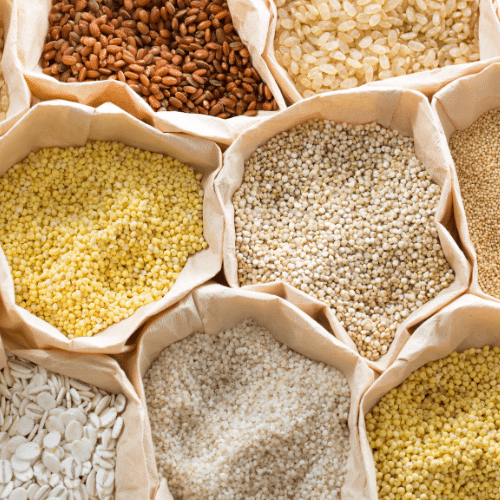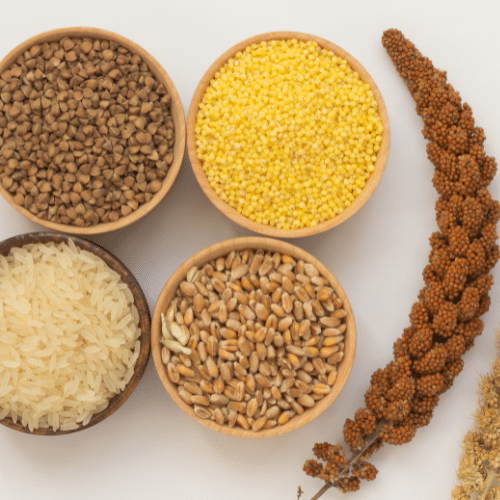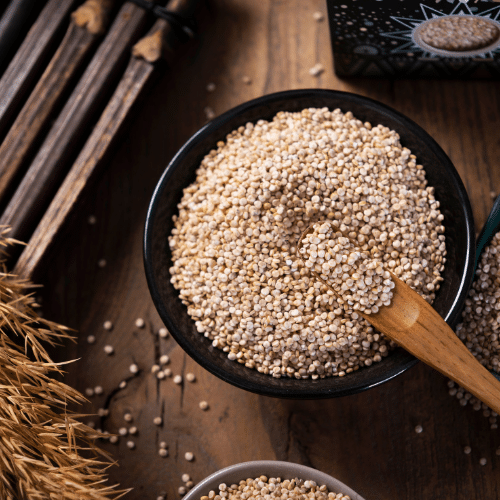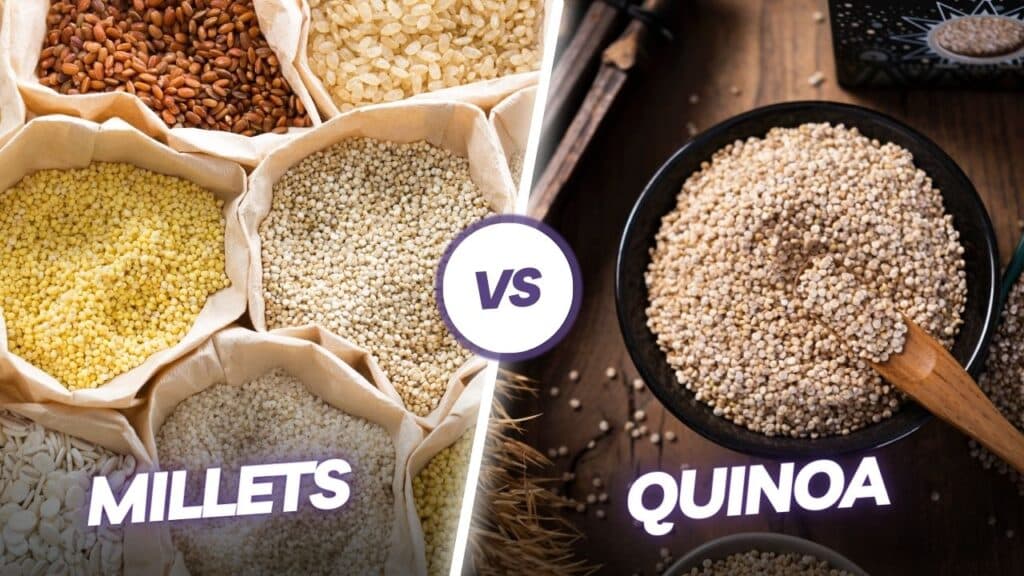In the world of superfoods, millets and quinoa have gained immense popularity due to their exceptional nutritional value and health benefits. While millets have been a staple in India for centuries, quinoa has emerged as a global health food in recent years. Both are known for their high protein content, dietary fiber, and gluten-free nature, making them ideal for various diets. But which one is better for your health? This detailed guide will compare millets and quinoa based on their nutritional profile, health benefits, environmental impact, and culinary versatility.
What are Millets?

Millets are a group of small-seeded grains that have been cultivated for thousands of years, primarily in India, Africa, and China. They are highly resilient crops that can grow in harsh climatic conditions. The most commonly consumed millets include:
- Pearl Millet (Bajra) – Rich in iron and beneficial for heart health.
- Finger Millet (Ragi) – High in calcium and excellent for bone health.
- Foxtail Millet (Kangni) – Low glycemic index, suitable for diabetics.
- Barnyard Millet (Sanwa) – Rich in fiber and helps in weight management.
- Little Millet (Kutki) – Easily digestible and suitable for children.
- Kodo Millet (Kodon) – A powerhouse of antioxidants.
What is Quinoa?
Quinoa is a pseudo-cereal that originates from South America, particularly Peru, Bolivia, and Ecuador. It has gained worldwide recognition as a complete protein source, containing all nine essential amino acids. There are three main types of quinoa:
- White Quinoa – The most commonly available and has a mild flavor.
- Red Quinoa – Slightly crunchy and often used in salads.
- Black Quinoa – Earthier in flavor and takes longer to cook.
Nutritional Comparison: Millets vs. Quinoa
| Nutrient | Millets (per 100g) | Quinoa (per 100g) |
|---|---|---|
| Calories | 378 kcal | 368 kcal |
| Protein | 11g | 14g |
| Carbohydrates | 72g | 64g |
| Fiber | 8.5g | 7g |
| Fat | 4.2g | 6.1g |
| Iron | 3.9mg | 2.8mg |
| Calcium | 10mg | 47mg |
| Magnesium | 114mg | 197mg |

Health Benefits of Millets
- Weight Management – High fiber content helps in appetite control and weight loss.
- Diabetes Control – Low glycemic index helps regulate blood sugar levels.
- Heart Health – Rich in antioxidants and healthy fats.
- Digestive Health – Promotes better digestion and prevents constipation.
- Bone Strength – Ragi is a great source of calcium.
- Gluten-Free Alternative – Ideal for people with gluten intolerance.

Health Benefits of Quinoa
- Complete Protein – Contains all essential amino acids.
- Rich in Fiber – Supports digestion and gut health.
- High in Antioxidants – Helps in reducing inflammation.
- Heart-Healthy – Lowers bad cholesterol and improves circulation.
- Aids in Muscle Growth – Due to high protein content.
- Gluten-Free – Suitable for those with celiac disease.
Environmental Impact: Which is More Sustainable?
Millets are considered highly sustainable as they require minimal water, grow in dry and infertile soils, and have a low carbon footprint. On the other hand, quinoa cultivation has raised concerns about soil degradation and increased water usage, especially with the rising global demand.
Culinary Uses: How to Include Millets and Quinoa in Your Diet
- Millets can be used in porridge, rotis, upma, dosa, khichdi, and even in baked goods.
- Quinoa is widely used in salads, soups, stir-fries, breakfast bowls, and as a rice substitute.
Which One Should You Choose?
Choosing between millets and quinoa depends on personal dietary needs, taste preferences, and availability. If you’re looking for a high-protein grain with a complete amino acid profile, quinoa is an excellent choice. However, if you prefer a locally available, budget-friendly, and sustainable grain, millets are the better option.

